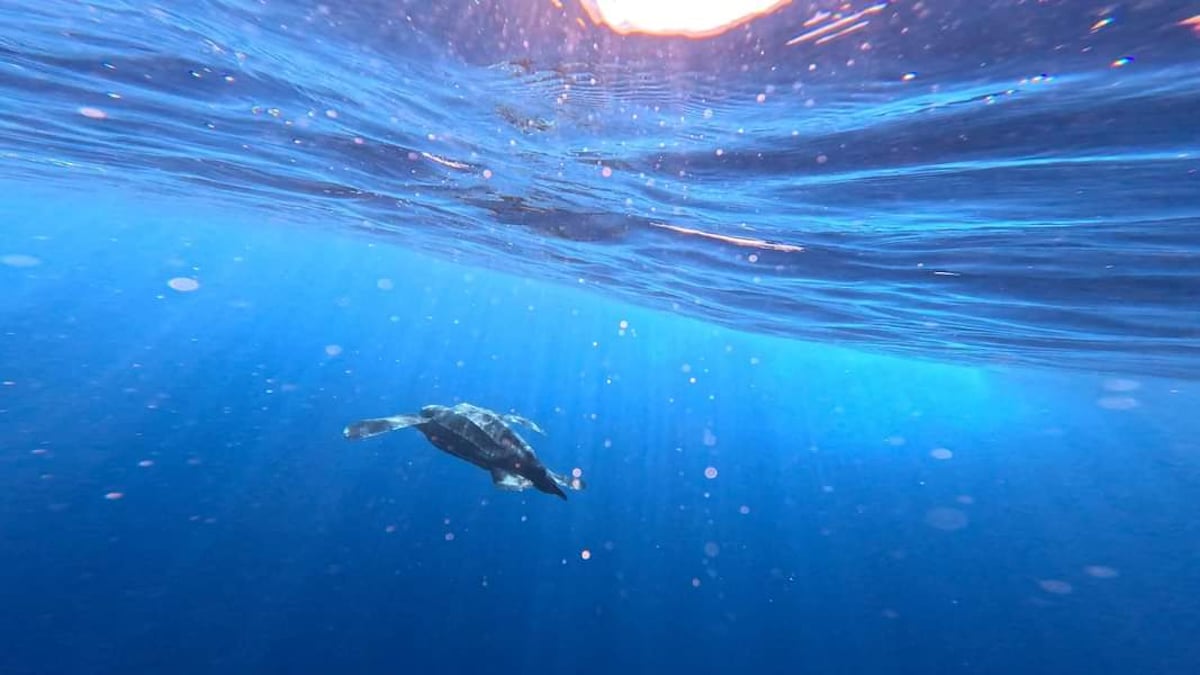Conservation news is often heartbreaking, with reports of dramatic biodiversity loss globally year after year. But in 2024, there were several reasons for cheer as well, with conservationists finding that certain species, once at the brink of extinction, are making a comeback.
Here are five species that researchers confirmed were showing hopeful signs of recovery in 2024:
Sombrero ground lizard:
On the tiny Sombrero Island, part of Anguilla in the Caribbean, there were fewer than 100 individuals of the critically endangered Sombrero ground lizard (Pholidoscelis corvinus) in 2018. In just six years, in 2024, researchers found their population had climbed to more than 1,600. The lizards seem to have responded positively to island restoration efforts, including removal of invasive mice and planting of native vegetation.

Iberian lynx:
In 2002, the Iberian lynx (Lynx pardinus) population was estimated to have crashed to just around 62 mature individuals across Spain and Portugal. It was then listed as critically endangered on the IUCN Red List. But 20 years of conservation efforts have boosted its population to more than 2,000 adult and young Iberian lynx. It was downlisted to vulnerable on the IUCN Red List this year.

North Atlantic right whale:
This year, researchers reported that the population of the critically endangered North Atlantic right whale (Eubalaena glacialis) had increased by five individuals, bringing the estimated total to 372 in 2023. While the actual figure may be small, for the ocean giants that live long lives and breed slowly, this is a big leap forward.

Siamese crocodile:
Deep inside the remote Cardamom Mountains of Cambodia, local inhabitants and conservationists found nests of the critically endangered Siamese crocodile (Crocodylus siamensis) in May this year. The species has faced drastic declines from poaching and habitat loss. In June, 60 Siamese crocodile hatchlings emerged from the nests, which conservationists said was “a tremendous boost” to the species’ population.

Olive ridley turtles:
This year, the vulnerable olive ridley turtle (Lepidochelys olivacea) laid a record number of eggs on Bangladesh’s beaches. Conservation groups found 12,425 eggs in five turtle hatcheries, an increase of almost 53% compared with the previous year, attributed to conservation efforts and awareness programs among local people. Conservationists say this success could see a decline in the future if tourism and related infrastructure development in the areas continue to increase.

This article by Shreya Dasgupta was first published by Mongabay.com on 31 December 2024. Lead Image: Iberian lynx by Diego Delso via Wikimedia Commons (CC BY-SA 4.0).
What you can do
Wildlife continues to face threats from overexploitation in the form of poaching and illegal trade in animal products, as well as a rapidly changing climate.
Due to existing conditions, 70% of all animal and plant species are at risk of extinction by 2050.
Help to save wildlife by donating as little as $1 – It only takes a minute.
Focusing on Wildlife supports approved wildlife conservation organizations, which spend at least 80 percent of the money they raise on actual fieldwork, rather than administration and fund







Leave a Reply